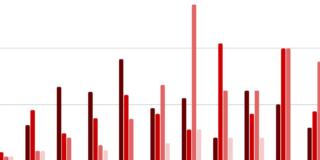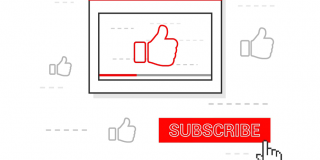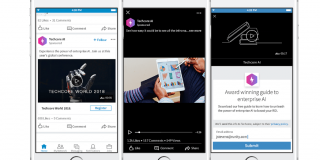The 2019 State of Conversion Optimization Report

This is the fourth edition of our State of Conversion Optimization report. The upward and downward trend data is increasingly interesting.

This is the fourth edition of our State of Conversion Optimization report. The upward and downward trend data is increasingly interesting.

The carefully evasive proposal included intriguing tidbits: Jeff Bezos laughed when Mr. Kamen assembled an It for him [. . .] The proposal also included proclamations from tech-world celebrities like Steve Jobs, Apple’s founder, that the device might change urban life and could be as significant as the development of the personal computer.
The New York Times, January 2001
Dean Kamen’s code name for the project was “Ginger.” That was all most people knew. But few could wait to learn more. Deprived of source material, journalists wrote articles about articles. Finally, in December 2001, came the big reveal: Ginger was the Segway.

I asked more than a dozen successful agency CEOs to share how they’ve navigated critical moments—getting started, landing (and keeping) clients, scaling teams, and marketing their agency.

Every industry is plagued by myths, misunderstanding, and half truths. This is especially true in digital marketing, and conversion optimization is no exception.

What does it take to grow a YouTube channel? Is a channel more than the sum of its video parts? Or will a strategy that focuses on videos alone increase subscribers?

If you’ve ever worked at an agency, you know the value of client education. Results aren’t persuasive if reports seem like a jumble of acronyms. Trend lines aren’t impressive if they track metrics that appear distant from business goals.

What answer is a searcher looking for? For sustainable, valuable search traffic, you’d better provide it.

You spend plenty of marketing dollars trying to get someone to your form. But how much goes to waste at that stage? According to data from Zuko, roughly two-thirds of those who start filling out a form never complete it.
Why? If you’re not tracking form analytics, you don’t know. The data between a pageview and a form completion (or abandonment) is missing.

Choosing the right account-based marketing software can be a messy process.

On YouTube, a keyword-targeted pre-roll ad might show the same video to a CEO and an intern.
On Facebook, an ideal customer may log on to see photos of a new nephew, not to check out a 30-second demo of your SaaS product.
LinkedIn has the potential to resolve both shortcomings: